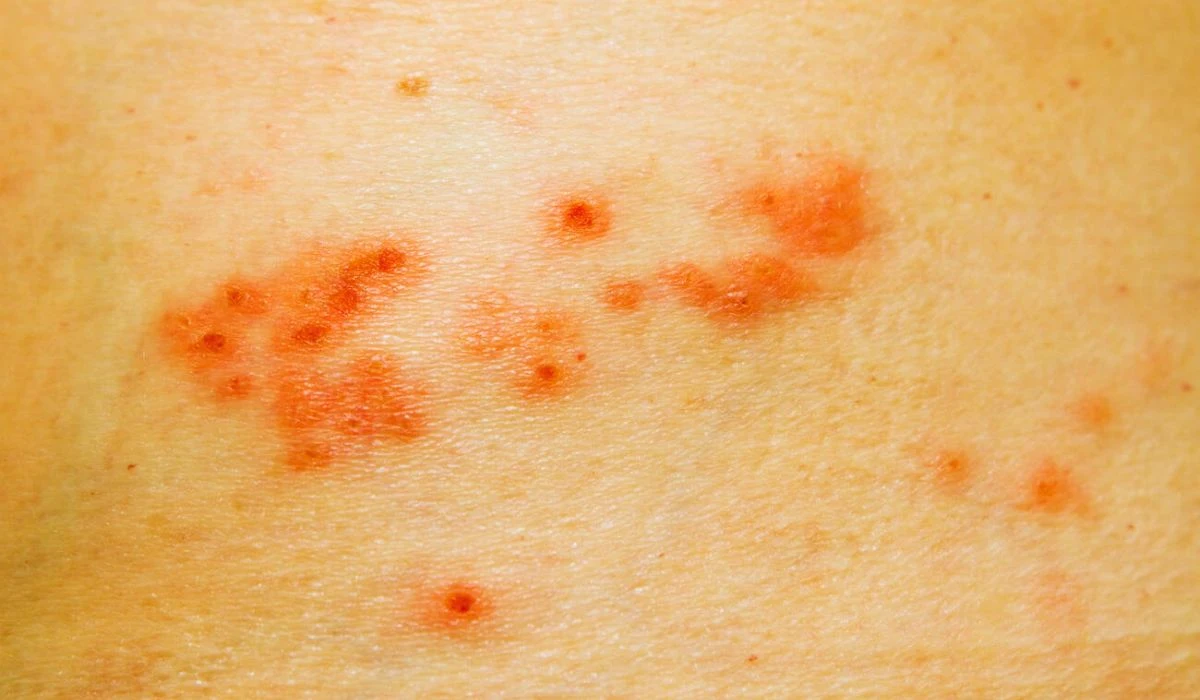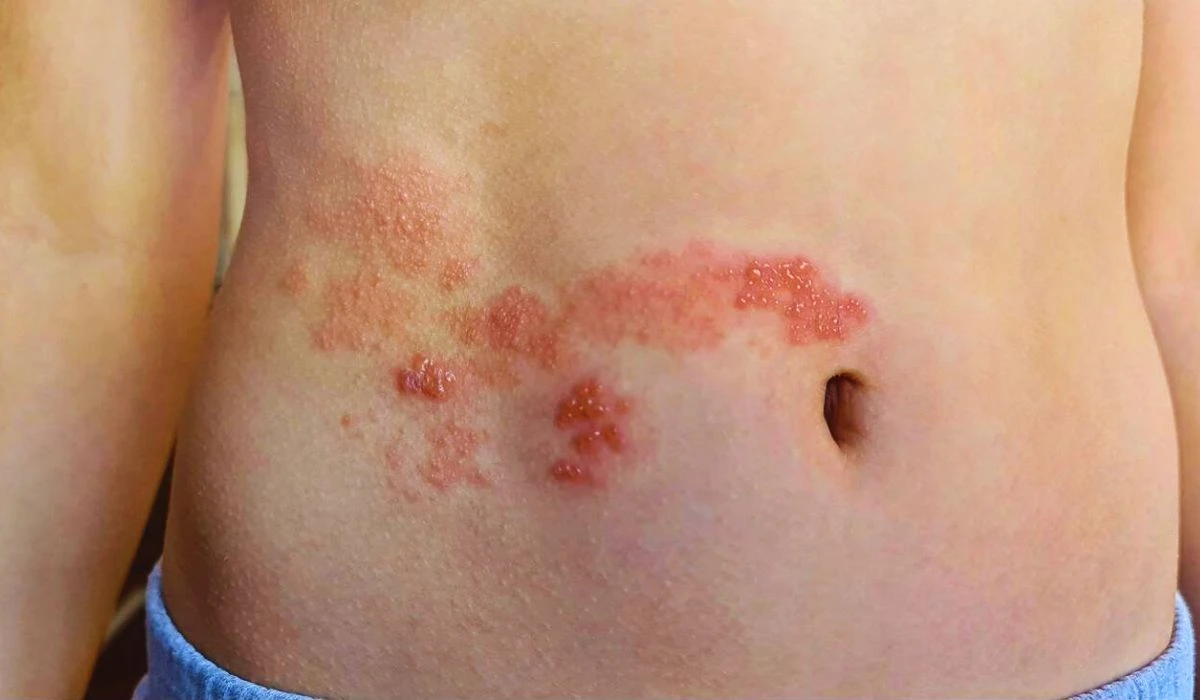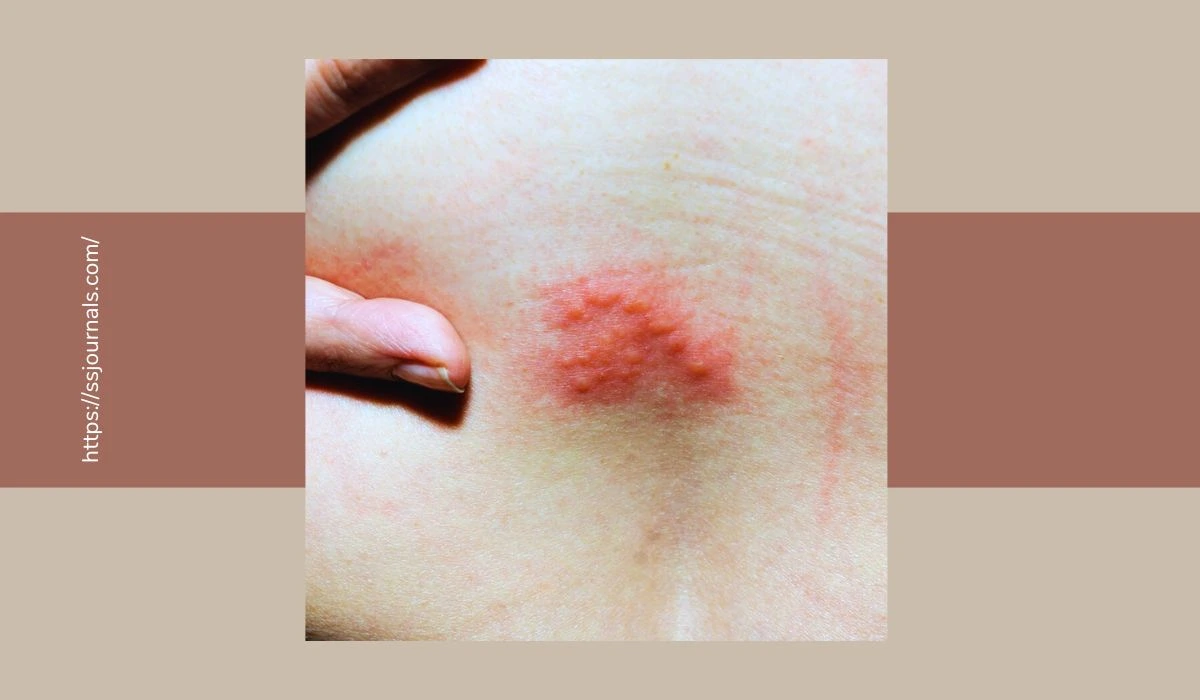Shingles, also known as herpes zoster, is a painful skin rash caused by the varicella-zoster virus, the same virus that causes chickenpox. After a person recovers from chickenpox, the virus stays dormant in the body. It can reactivate years later, causing shingles. According to the Centers for Disease Control and Prevention (CDC), about 1 million cases of shingles occur every year in the United States.
Shingles is more common in older adults and people with weakened immune systems. While there is no cure for shingles, several treatment options are available to help manage symptoms and reduce the duration of the illness. Identifying and treating shingles early can help prevent potential complications.
What Are Shingles?
Shingles, or herpes zoster, results from a reactivation of the varicella-zoster virus, which also causes chickenpox. After a person recovers from chickenpox, the virus lies dormant in the body, residing in the cranial nerve ganglia, dorsal root ganglia, and autonomic ganglia along the spinal cord.

Years later, usually when a person is older or has a weakened immune system, the virus reactivates and travels along nerve pathways to the skin. This results in a localized, painful skin rash that appears as red blisters or lesions on a red base.
The rash most often develops on one side of the face or torso in a band-like pattern, following the path of a nerve. It may appear around the chest, abdomen, back, or neck. In rare cases, it affects more than one dermatome (area of skin supplied by nerves from a single spinal root).
The rash can also develop inside the mouth, genital areas, and near the eye. Before the rash appears, people often experience pain, itching, or tingling along the area where the rash will develop. This can happen several days or weeks before the skin lesions appear.
Causes And Symptoms Of Shingles
The main cause of shingles is the reactivation of the dormant varicella-zoster virus. It is not completely clear why the virus reactivates in certain people. However, a number of factors seem to contribute to the risk of developing shingles, including:
- Older age – The risk increases significantly after age 50 and continues to rise as people get older. About half of all shingles cases occur in adults 60 years or older.
- Weakened immune system – Diseases that impair immunity, such as HIV/AIDS or cancer, can trigger shingles. Also, certain medications that suppress the immune system, such as steroids and chemotherapy drugs, can increase risk.
- Emotional or physical stress – High levels of stress may promote shingles outbreaks.
- Radiation or chemotherapy – Cancer treatment can lower immunity and activate the virus.
In addition to the shingles rash, symptoms can include:
- Burning, tingling pain, itching, or numbness of the skin before the rash appears
- Severe, sharp, or ongoing pain where the rash is located
- Extreme sensitivity to touch of the affected skin
- Blisters that break open and crust over
- Fever
- Fatigue
- Headache
- Chills
- Upset stomach
Complications are rare but can include:
- Postherpetic neuralgia – Persistent nerve pain after the rash heals
- Vision loss or eye complications if shingles appear on the face/eyes
- Hearing problems if shingles affect the ear or facial nerve
- Secondary bacterial skin infections
- Neurological problems from inflammation of the brain or spinal cord
Best Treatment For Shingles
While there is no cure for shingles, several treatment options are available to help manage symptoms and promote healing of the shingles rash.

The goals of treatment are to reduce the severity and duration of pain, and limit complications. Key treatment considerations include:
🔹 Antiviral Medications
Powerful antiviral drugs can help shorten the duration and reduce the severity of shingles if started within 72 hours of the rash appearing. These medications cannot eliminate the virus but can limit its multiplication and damage. Antivirals also help minimize the risk of complications like postherpetic neuralgia. Commonly prescribed medications include acyclovir, valacyclovir, and famciclovir. These are usually taken orally for 7-10 days, with dosages based on age, medical history, and time elapsed since rash onset.
🔹 Pain Medications
Shingles can cause severe pain before and during the shingles rash. Over-the-counter medications like acetaminophen, ibuprofen, or aspirin can help mild pain. Prescription narcotic pain relievers may be needed for more intense pain. Tricyclic antidepressants also have pain-relieving effects for shingles and neuralgia. Anesthetics such as lidocaine patches or creams provide topical pain relief.
🔹 Anti-itching Medications
Antihistamines like diphenhydramine can help relieve itching caused by the shingles lesions. Topical creams containing pramoxine or calamine lotion also help reduce itching.
🔹 Wet Compresses
Applying wet compresses to the shingles lesions can help soothe pain and itching. This can promote healing once the blisters begin to crust over. Compresses should only be applied once the blisters have burst and the rash is oozing.
🔹 Zostavax Vaccine
The FDA has approved the Zostavax vaccine to help prevent shingles and complications in adults aged 50 and older. It is a higher-dose version of the chickenpox vaccine. The CDC recommends the vaccine even if someone has had shingles before, as it helps prevent future occurrences.
Conclusion
Shingles is a painful yet generally short-term illness caused by the reactivation of the varicella-zoster virus within certain nerve cells. Prompt medical care can help lessen symptoms and avoid potential complications. Antiviral medications are most effective when started within 3 days of rash onset.
Pain medications, anti-itch treatments, and wet compresses help manage discomfort. The shingles vaccine offers protection against developing shingles for most older adults. With proper treatment, most cases of shingles resolve within 2 to 4 weeks. Seeking medical care at the first signs of an outbreak can help mitigate symptoms and promote healing.
FAQ
A: Shingles is not directly contagious from person to person. However, the varicella-zoster virus that causes shingles can spread from a shingles rash to cause chickenpox in someone who has not had chickenpox or received the chickenpox vaccine. This generally requires direct contact with fluid from shingles blisters and is less likely once the rash has dried and crusted over.
A: For most people, a shingles outbreak lasts 2 to 4 weeks. With prompt antiviral treatment, lesions typically crust over and heal within 7 to 10 days. However, shingles pain can last for weeks, months, or even years if it leads to postherpetic neuralgia. In rare cases, shingles symptoms may persist for months or years.
A: Yes, it is possible to get shingles more than once, although recurrent shingles outbreaks are uncommon. People who have a weakened immune system are at higher risk of repeat episodes of shingles. Getting vaccinated can help prevent or reduce future recurrences.
A: Starting antiviral medications early within 72 hours of rash onset can help lesions heal faster. Keeping the rash clean and dry, taking pain relievers as needed, applying wet compresses, avoiding skin trauma, and not scratching the blisters also help speed healing. Most cases of shingles will heal within 2 to 4 weeks without any intervention.
A: Seek medical care promptly at the first sign of tingling, burning pain, or a shingles-like rash for the best chance to minimize symptoms and complications. Starting antiviral therapy within 72 hours of rash onset provides the most benefit. Most providers will want to see and clinically confirm shingles before prescribing antivirals and pain management.

